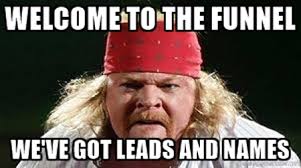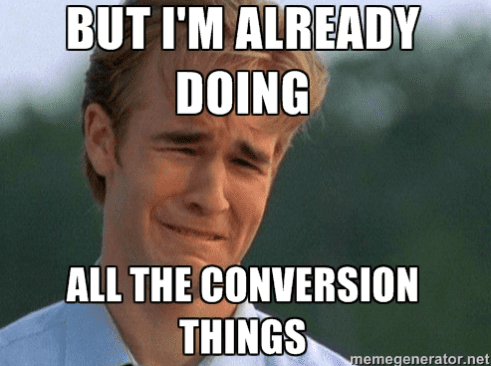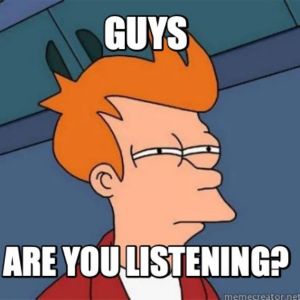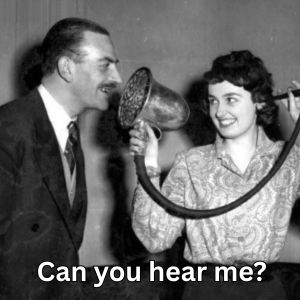
What is a Sales Sequence?
Definition: A sales sequence is a series of steps that guides potential customers from first contact to closing the sale. It automates communication at each stage, leading customers toward conversion. Examples include email series, follow-up calls, and lead promoting workflows.
Example in a Sentence: The team set up a targeted sales sequence, making sure each lead got personalized emails and calls, increasing conversion chances.
Why is a Sales Sequence Important?
1. Nurtures Leads Efficiently
A well-structured customer journey helps that leads are continuously nurtured, preventing them from slipping through the cracks. Each step builds on the last, keeping potential customers engaged.
2. Improves Conversion Rates
By automating the sales flow, a customer engagement process helps guide prospects toward a purchase without manual effort at every touchpoint. The strategic timing and messaging often result in higher conversion rates.
3. Saves Time and Resources
Automated lead workflows reduce the time and energy spent on individual outreach. With automation handling the routine steps, sales teams can focus on high-value tasks, like closing deals with warm leads.
Achieve Sales Success with Effective Sequences
Implementing an efficient sales sequence allows businesses to automate key interactions and follow-ups. This leads to smoother operations, more effective use of resources, and better interaction with leads, and in turn it results in higher sales success.
More Definitions: Conversion Definition, Sales Funnel Definition, Evergreen Campaign Definition
Useful Posts: Top-of-Funnel Marketing: Tactics and Tips to Grow Your Leads and How to Build a B2B Marketing Funnel: Steps & Tips













